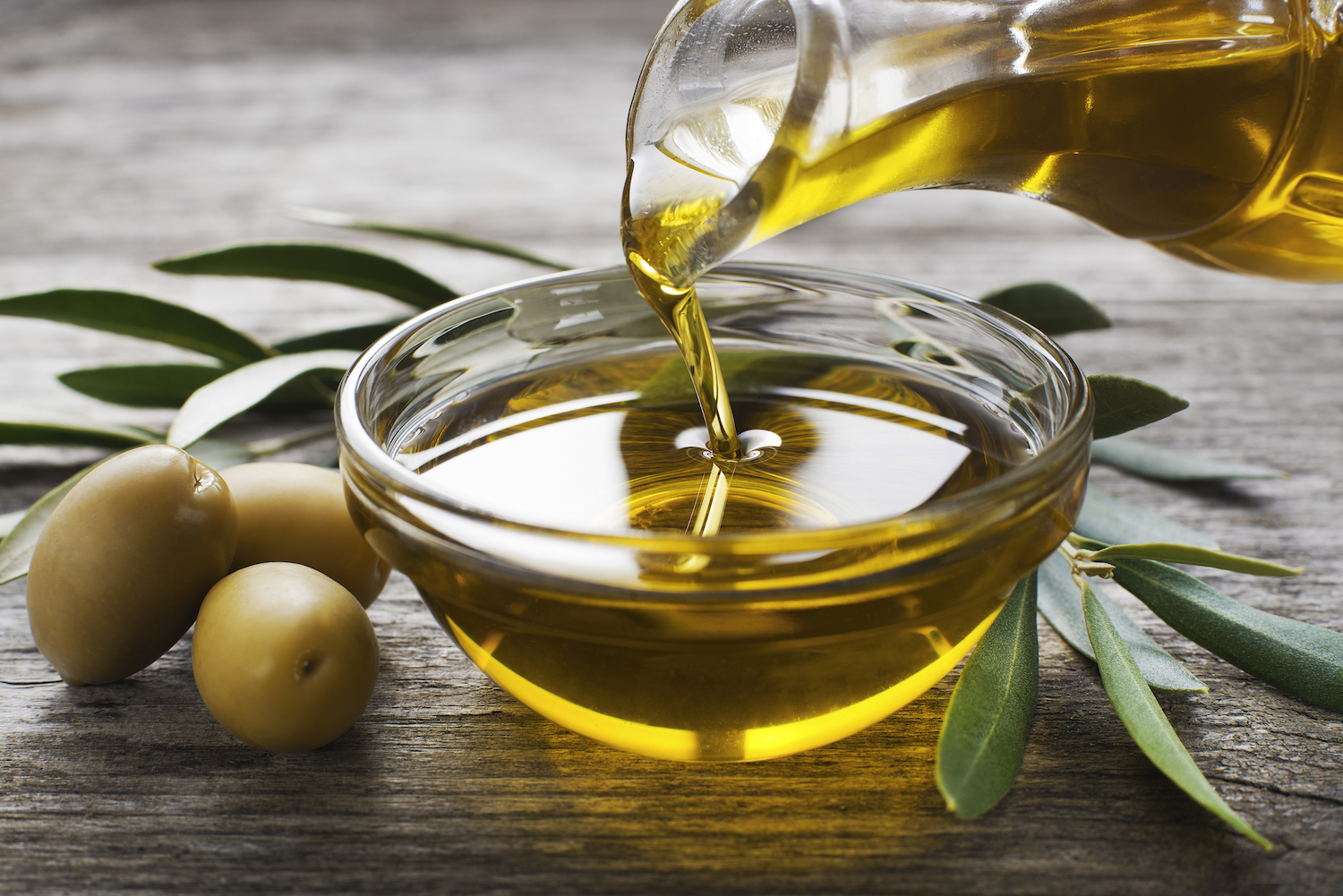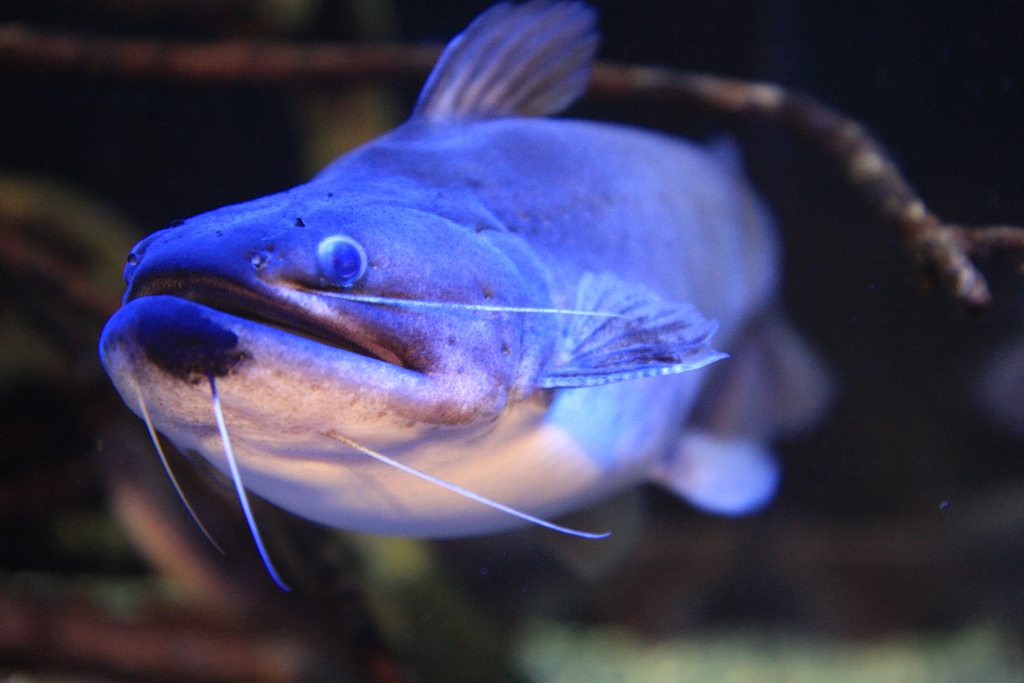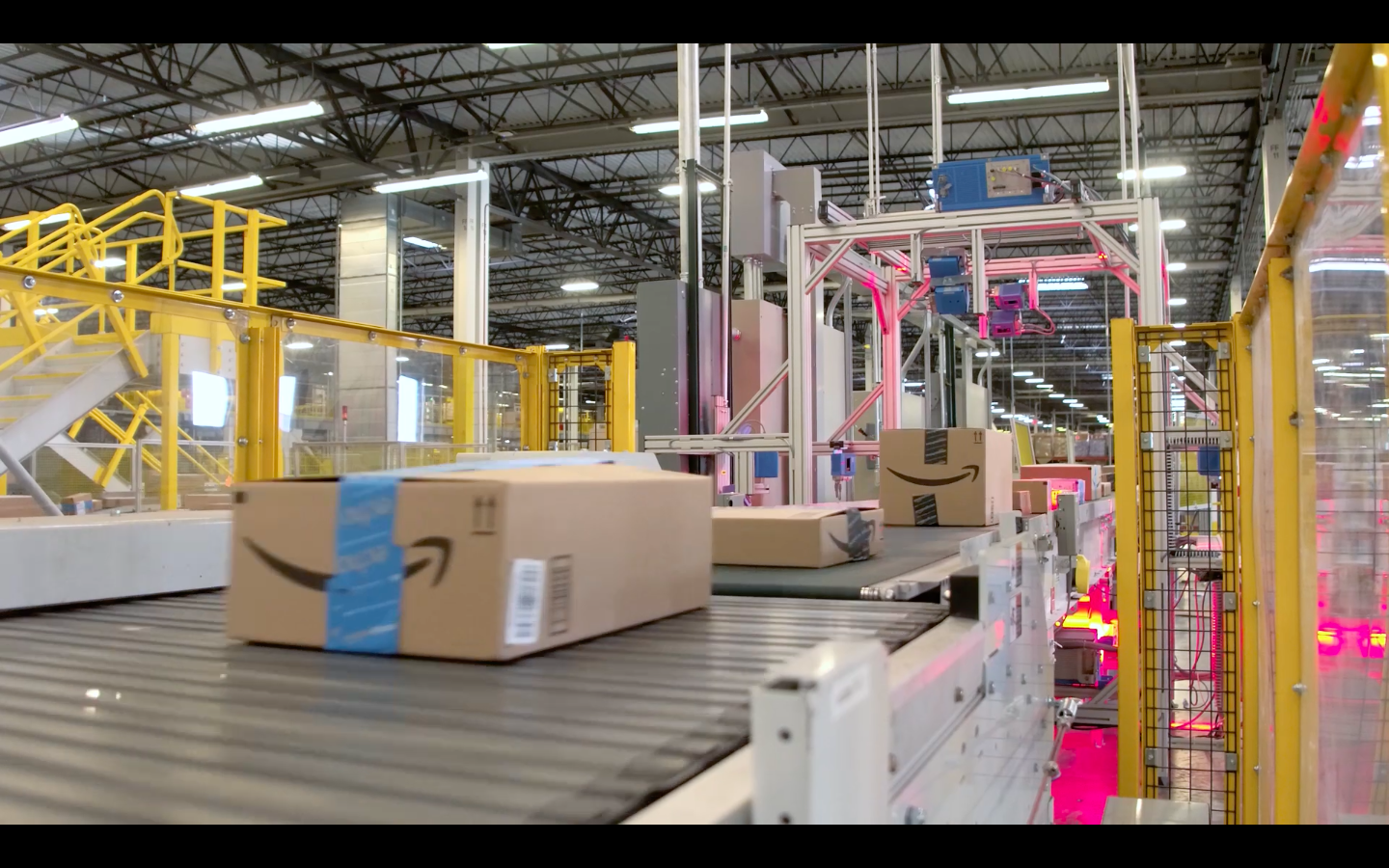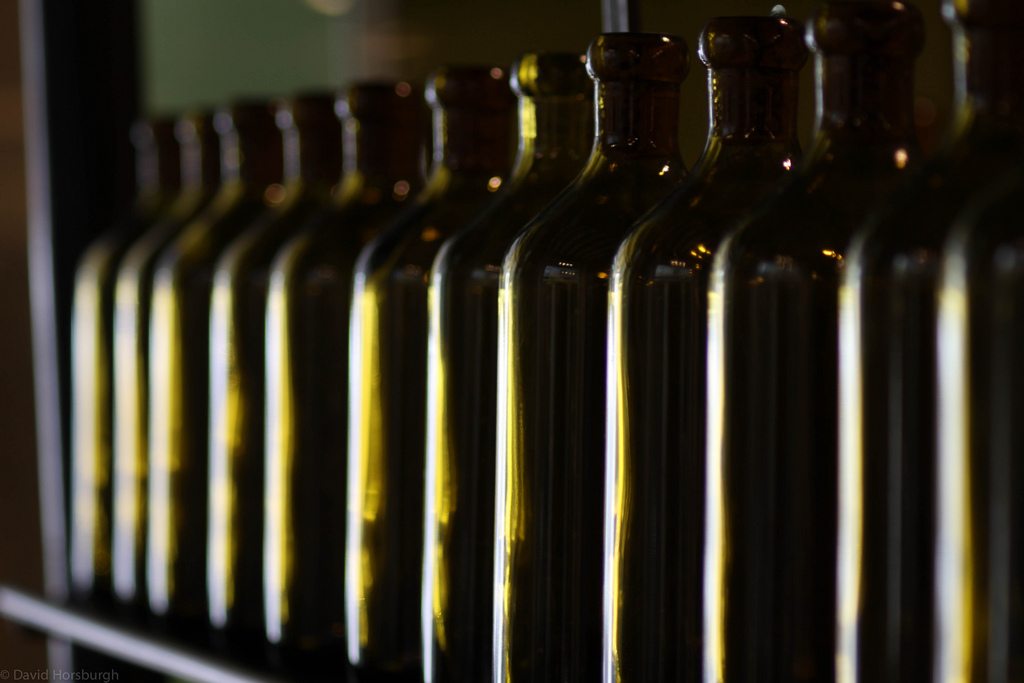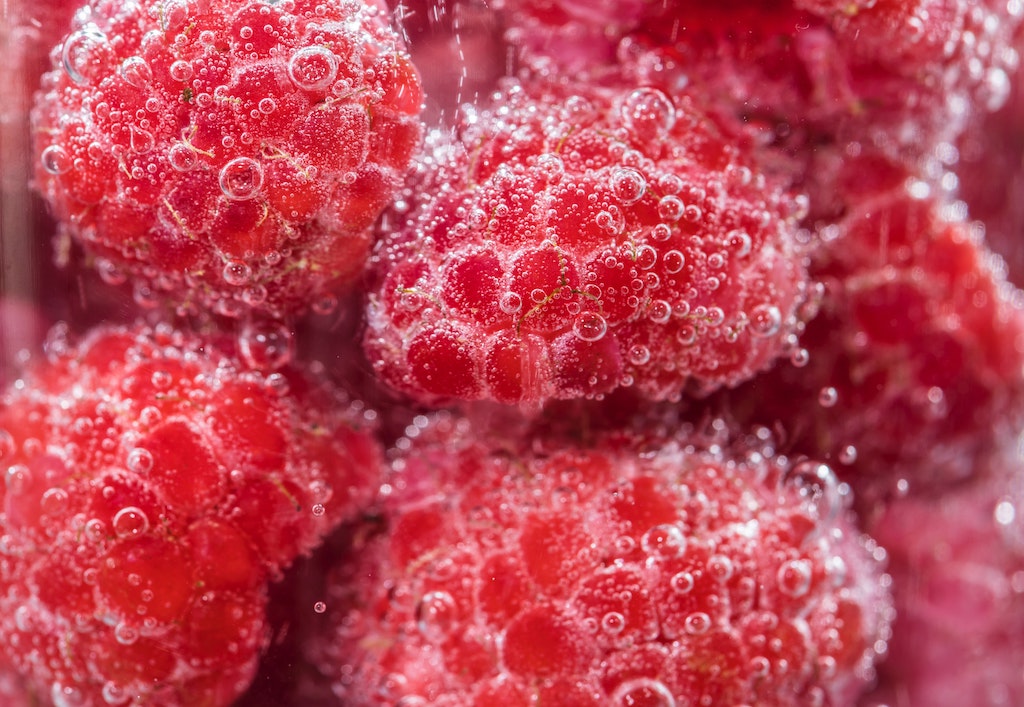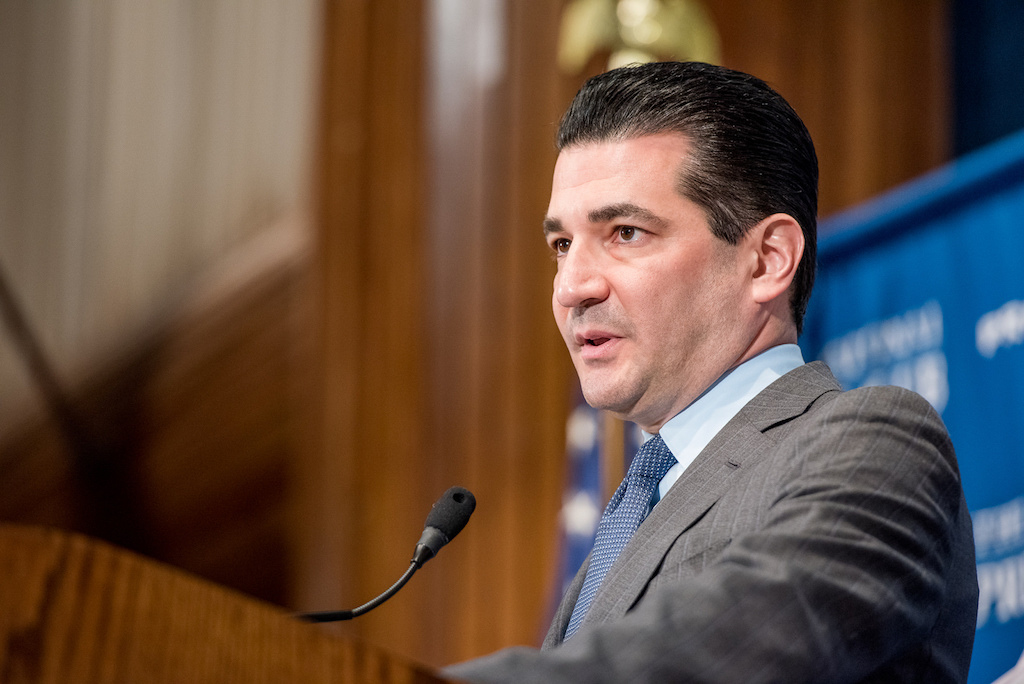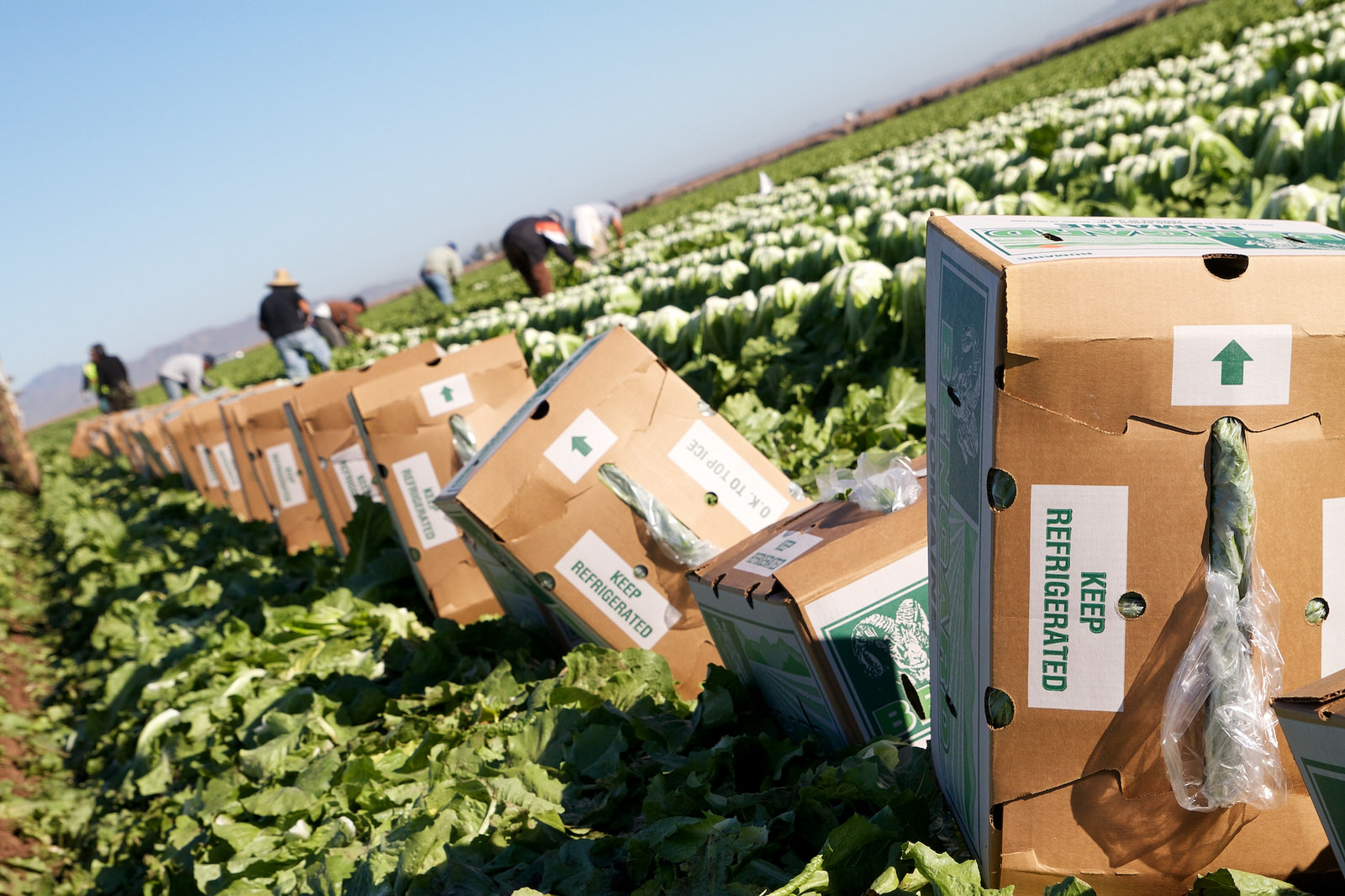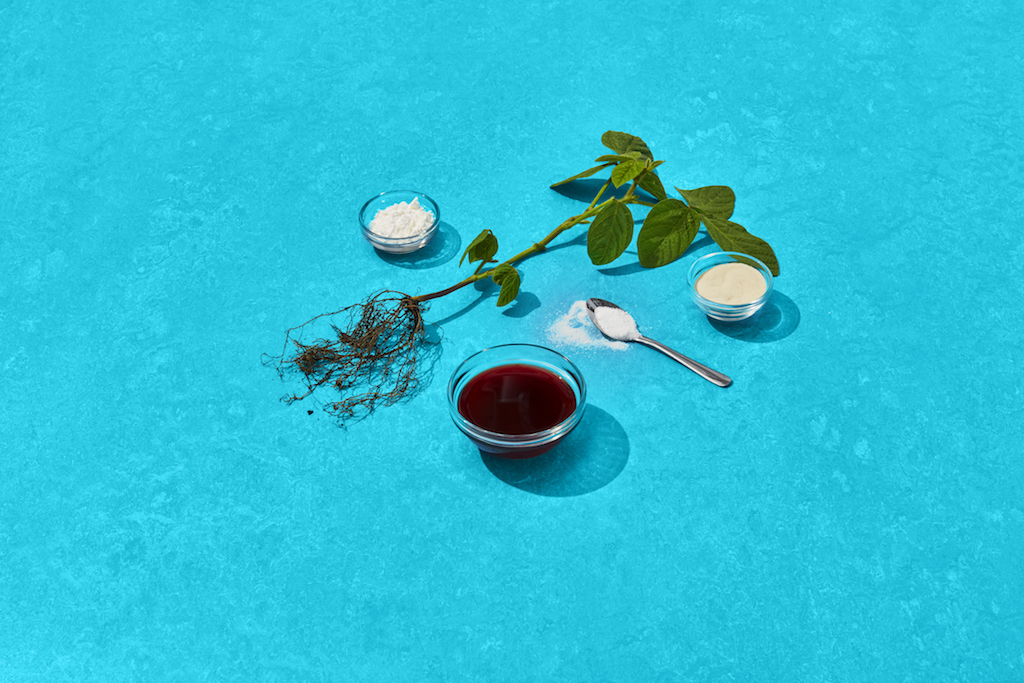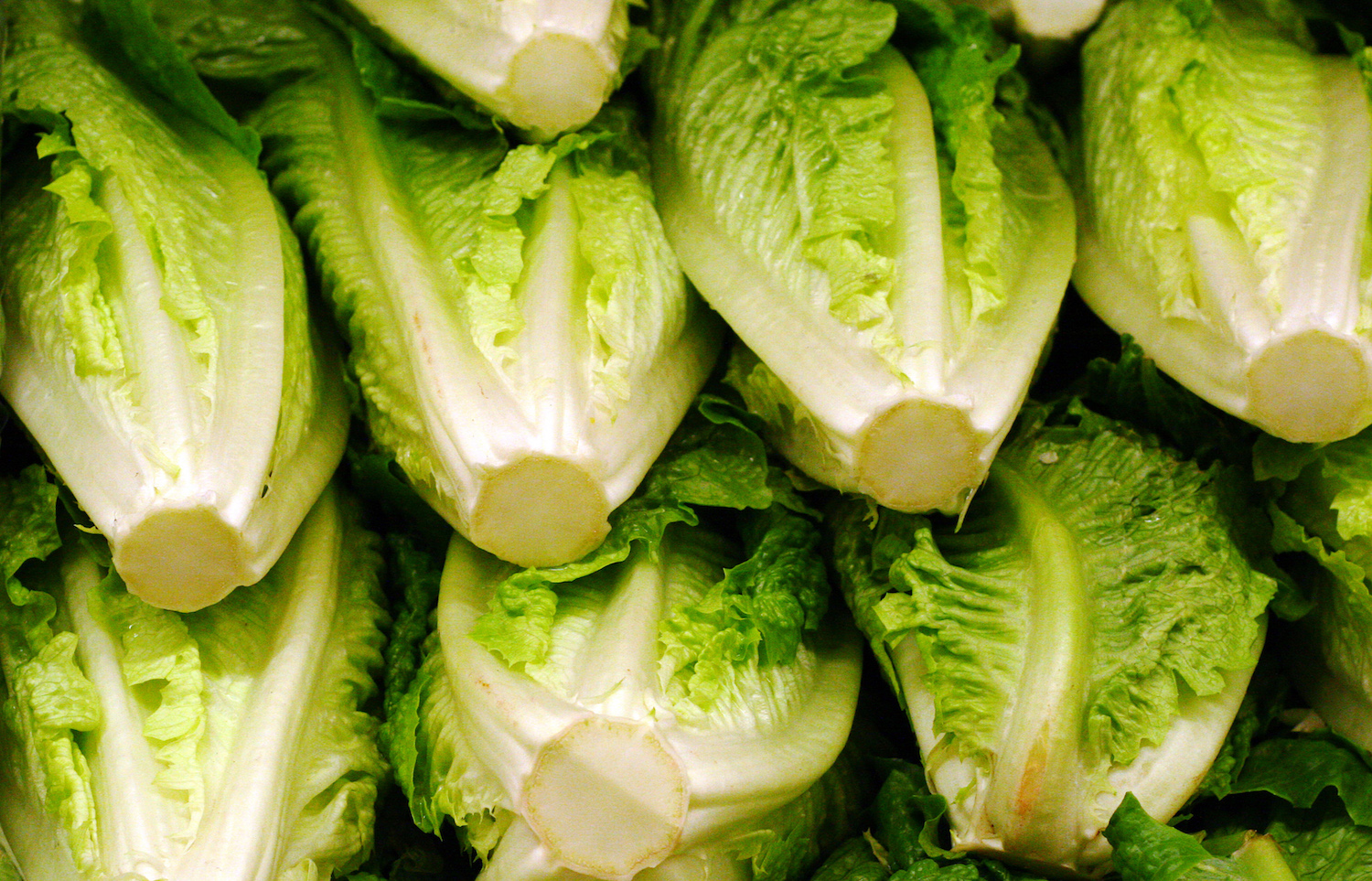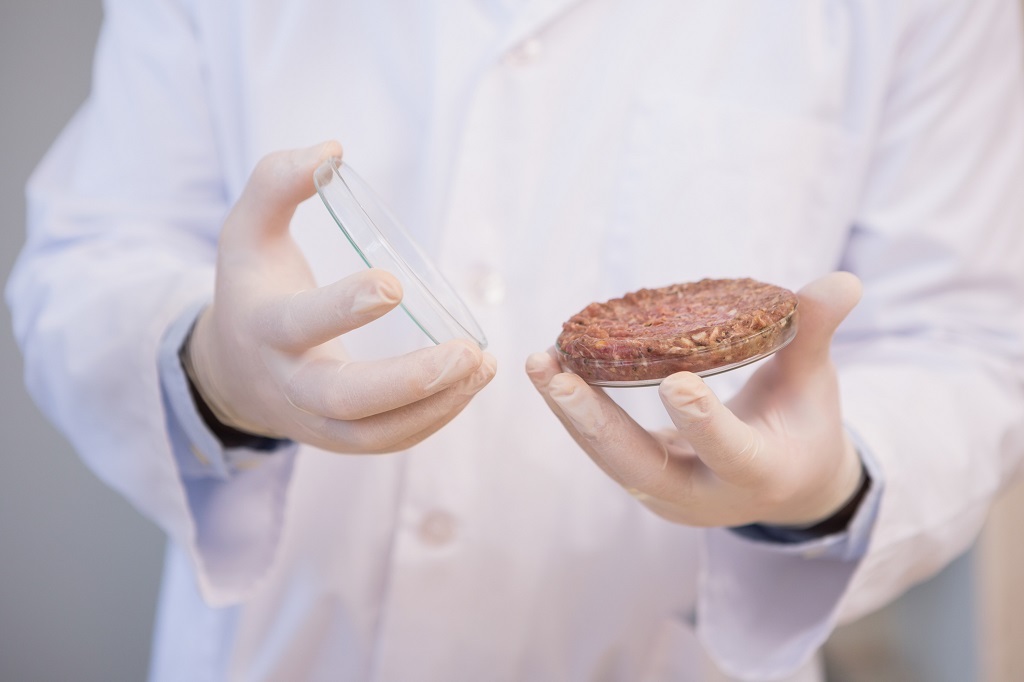The olive oil industry wants more government oversight. On Monday, the American Olive Oil Producers Association (AOOPA) formally requested the Food and Drug Administration (FDA) set and enforce quality standards for different kinds of olive oil. In a citizens’ petition, it argued that the current dearth of industry regulation is causing “widespread mislabeling of grades, adulteration, consumer mistrust, and unfair and unethical industry business practices.”
“There is so much differentiation within the ‘extra virgin olive oil’ category that this grade fails to provide consumers with any benchmark for assessing quality or pricing,” the petition reads.
In general usage, extra virgin olive oil refers to the purest form of the oil, extracted directly from the fruit through pressing. Lower grades of the product—you might see them labeled simply as “virgin” or “refined”—undergo varying additional refinement processes, and they are typically allowed a higher acid content and the use of some additives. A related, cheaper product, called olive-pomace oil, is extracted by treating olive pulp with solvents—consider it the juice of leftovers. As an eater, you may be able to detect certain defects among these less-than-extra-virgin oils, particularly rancid odors.
The main issue, according to olive oil producers, isn’t the existence of these lesser-quality olive oils, but that a lack of oversight that allows such oils to be marketed as “extra virgin.”
“Our hope is that we see all those graded properly—that we have extra virgin [olive oil] on the shelf, virgin [olive oil] on the shelf, others, and consumers can make an informed choice based on what they’re looking for and their price point,” says Adam Englehart, AOOPA chair. “Right now, a consumer can’t make an informed choice because nearly everything is labeled ‘extra virgin’ despite the fact that very little of it actually is.”
Englehart’s claim is corroborated by evidence that olive oil is frequently mislabeled. In 2011, a team of researchers at the University of California Davis analyzed samples of popular olive oils labeled as “extra virgin.” Scientists found that, among the five top-selling olive oil brands in the U.S., 73 percent of samples failed to meet the International Olive Council’s definition of “extra virgin.” (More on those definitions later.) In 2015, a consumer group found that more than half of a selection of nationally-available extra virgin olive oil brands were mislabeled, which played a role in prompting this week’s petition. Anecdotally, the issue of mislabeled extra-virgin olive oil has been extensively covered, including the notable case of Operation Yellow Gold in Europe—where authorities busted an organized crime ring making $9 million a year by selling low quality oil as “extra virgin.”
Currently, olive oil standards are shaped by a patchwork of overlapping, yet largely unenforced guidelines established by both domestic and international stakeholders. Stateside, the Department of Agriculture (USDA) has quality standards for various grades of olive oil and olive-pomace oil. It even runs a monitoring program that allows producers to submit olive oil samples and a hefty monthly fee in exchange for federal testing and permission to use a USDA seal on product labels—because businesses love spending thousands to make sure they adhere to voluntary guidelines. According to USDA, only two olive oil brands are listed as participants in the program right now, and they’re owned by the same parent company.
USDA’s current olive oil grading system was established in 2010, a development which was largely informed by an intergovernmental organization called the International Olive Council (IOC). IOC mandates olive oil standards among member countries, which include many Mediterranean nations but not the U.S. Both USDA and IOC standards require that EVOO acidity remain under 0.8 percent, while differing in limits for two nutrients, linolenic acid and campesterol. Plenty of states, including New York, and Oregon, codified today’s olive oil standards before USDA updated them most recently in 2010. Other olive oil associations, including the North American Olive Oil Association (NAOOA) and the California Olive Oil Association, have their own quality approval programs.
All of these competing and often redundant parameters can be potentially confusing to anyone who just needs a bottle of the stuff to make dinner this week. AOOPA wants FDA to adopt the standards and practices currently in place in California. In 2014, the state agriculture department began requiring government and third-party testing of olive oil produced in the state by growers who generate 5,000 gallons of it or more annually. Since then there has been an uptick in EVOO label consistency, per a report produced by the state-run Olive Oil Commission of California.
Producers who specialize in extra virgin olive oil believe that enforcement of national standards can reduce the number of companies taking advantage of the premium that “extra virgin” commands.
“When there’s a financial benefit, you’re going to have people to try to cheat,” Greg Traynor, a farmer who produces extra virgin olive oil on California’s central coast. (Traynor isn’t a member of AOOPA.) “It puts the people that are following the standards at a competitive disadvantage to people that may be mislabeling a product.”
When it comes to EVOO, time is of the essence. Because olive oil is perishable, it might be extra virgin at the point of bottling, but then lose its prized qualities rapidly over the course of the journey from factory to kitchen, after exposure to heat, light, and time. For that reason, producers want FDA to regulate olive oil rather than USDA. While USDA sets grades and standards for agricultural products—everything from “prime” beef to “extra fancy” apples—FDA has oversight over packaged foods, which is what olive oil is by the time it ends up on grocery shelves. (For its part, FDA requires oil products that mix olive oil with other oils state as much on their labels.)
“While testing and production is helpful, it doesn’t necessarily ensure that that product on the shelf is in fact extra virgin,” Englehart says.
Some industry stakeholders have different ideas on how olive oil standards should be set. In a statement, NAOOA, which represents olive oil importers, announced it had plans to file a separate petition to FDA. It intends to ask the agency to design olive oil guidelines more akin to those set by the UN Food and Agriculture Organization, called Codex. California’s standards, which AOOPA wants FDA to set nationwide, differ slightly from Codex’s, largely in terms of acidity levels.
Joseph Profaci, executive of NAOOA, tells me that the organization originally intended to file its own petition by the end of the year, but that AOOPA’s announcement this week “shifted things around.”
Ultimately, Profaci believes that all industry stakeholders share the same end goals, despite varying ideas on how to reach them.
“We have some differences, but I don’t think they’re substantial,” he says. “I’m really optimistic that we’re going to have a standard of identity to protect American consumers and to regulate the industry. We’re on a good track.”
